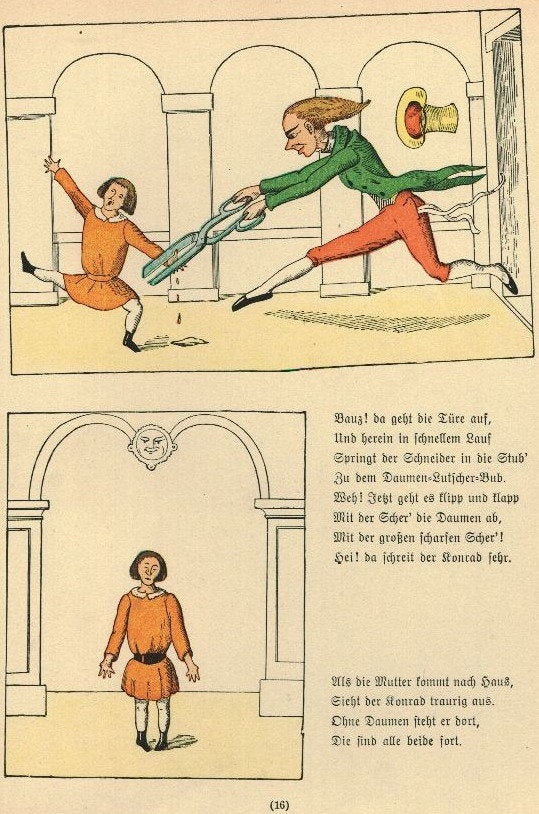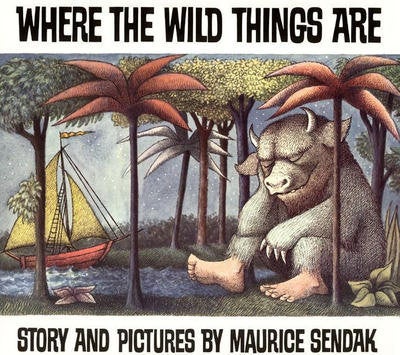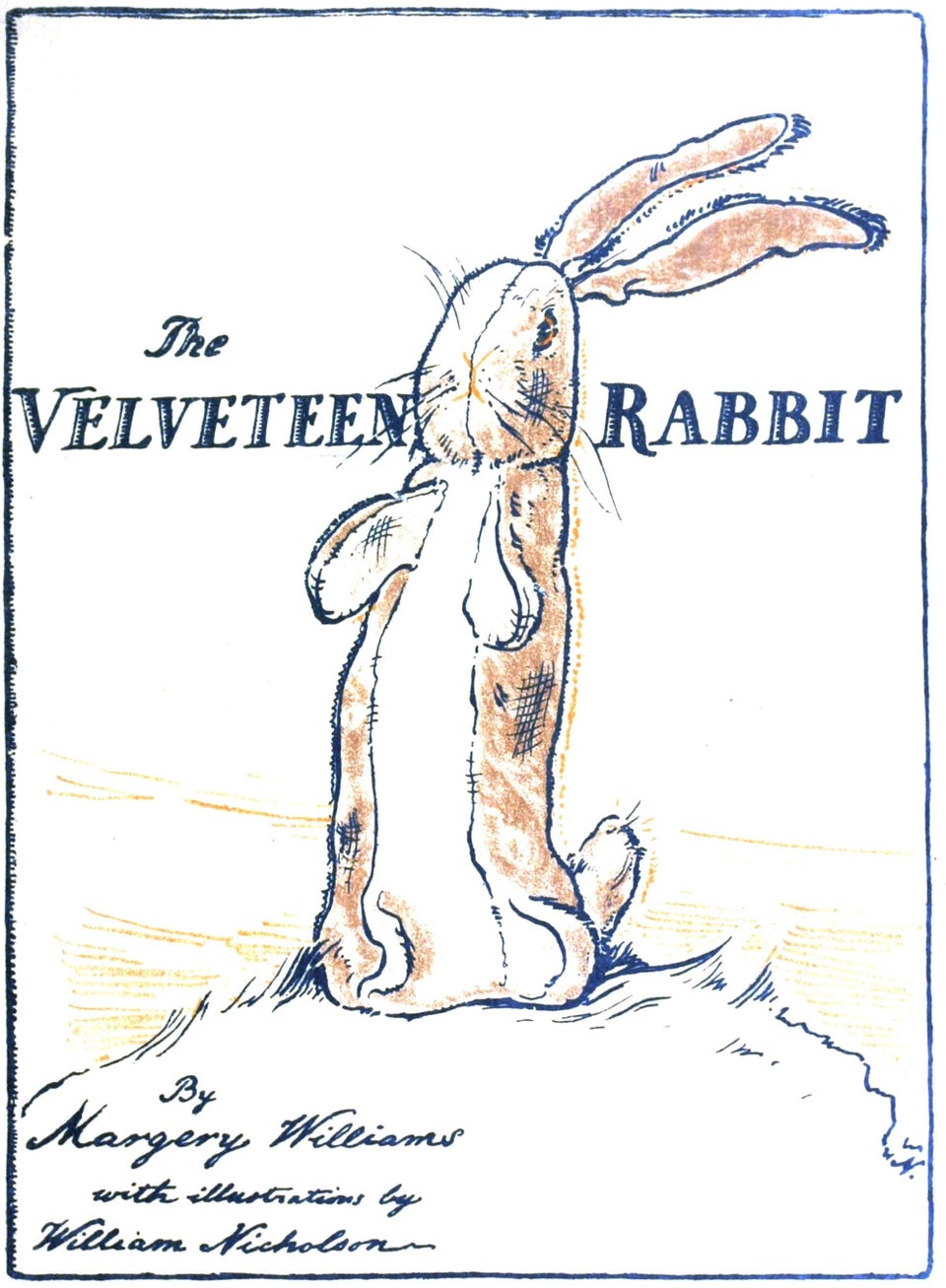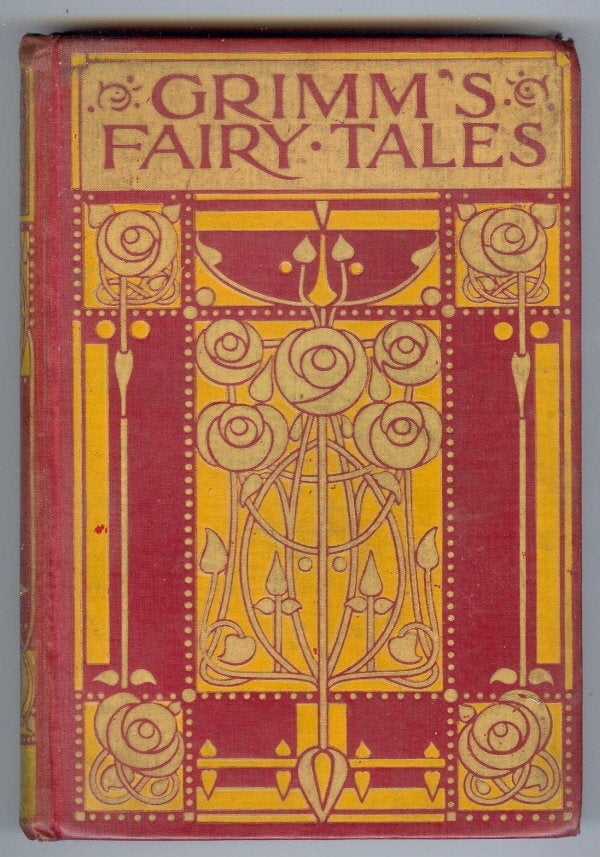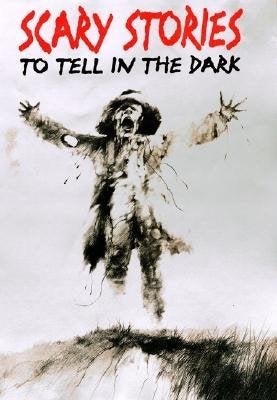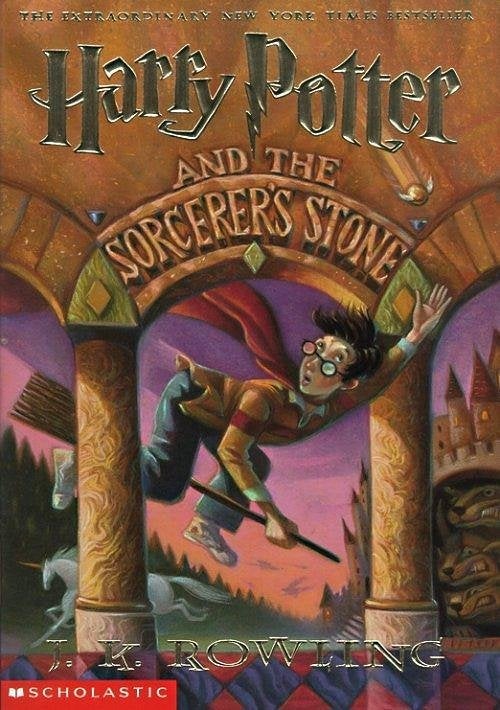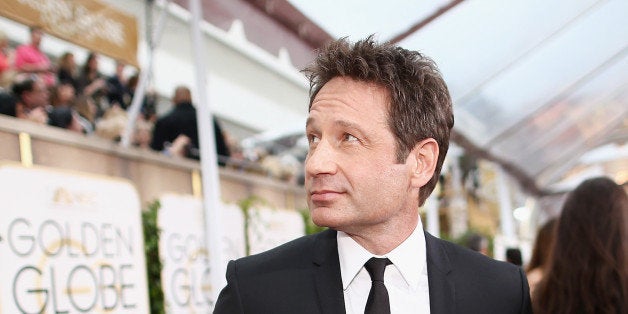
We’re living in what might be deemed a golden era of Hollywood literature. Female comedians from Mindy Kaling to Amy Poehler have been producing funny memoirs that transcend the celeb tell-all genre, and several notable male celebs have recently tried their hand at serious fiction and poetry -- with mixed results. B.J. Novak’s short story collection, One More Thing, received plaudits; James Franco’s Palo Alto and more recent poetry collection were received with more bemusement than admiration. Surprising everyone, America’s beau Tom Hanks published a short story in The New Yorker late last year, and though the quality left much to be desired, it was far from a catastrophe.
Perhaps even more surprising, however, is the entry of David Duchovny, known to most red-blooded Americans as Mulder from “The X-Files,” into the ranks of writer-actors. His debut novel, Holy Cow, is out Feb. 3.
Coverage of the book has repeatedly cited Duchovny’s “master’s degree in English literature from Yale,” though of course, non-celebrities who receive degrees in English are not generally considered likely to turn out high-quality works of fiction, especially on their first try. Still, could Duchovny have been the novelist we were waiting for this whole time? Is his new book more Novak or Franco, or, like Hanks, somewhere oddly in between?
Though it was published by the prestigious Farrar, Straus and Giroux, and not, notably, by Farrar, Straus and Giroux Books for Younger Readers, early coverage billed it as a children's book. Kirkus described it as more of a “pseudo-children’s book that smart adults should greatly enjoy.” Okay.
Appropriately, the book seems to have no real idea who its audience is or what it’s actually about (vegetarianism? religion? peace in the Middle East? the foibles of Hollywood?). Something of a mash-up between Animal Farm and "Chicken Run," Holy Cow is the story of Elsie Bovary (yep), a milk cow on an upstate New York farm whose life changes when she learns about industrial meat farming. She hatches a plan to flee to India (where cows are sacred), and is joined by a pig headed for Israel (where pork is unclean) and a turkey headed for Turkey (he, well, hasn’t thought it through fully).
Along the way, we’re treated to excessively goofy, Pixar-esque dialogue (Elsie and her bff Mallory call everything “cray cray” and “amazeballs,” while the turkey tries on affected accents that would be far more humorous aloud), truly painful farming puns, asides about Elsie’s transparent attempts to make the book more marketable, and extended rants on animal rights. If you’re thinking that the juvenile tone and made-for-animation humor might sit oddly with the long screeds about the cruelty of leather and turkey sandwiches, you would be right. Even more confusing is the sharp left turn the novel takes into the religious conflicts of the Middle East -- apparently there’s a meat-based solution to the centuries-long clash between the Jewish and Muslim peoples! Thank goodness.
The sheer absurdity of this roller coaster of a book makes for some knee-slapping moments, however. Here are 11 incredibly ridiculous lines from David Duchovny’s book that suggest he shouldn’t quit his acting career just yet:
***
Most people think cows can’t think. Hello. Let me rephrase that, most people think cows can’t think, and have no feelings. Hello, again. I’m a cow, my name is Elsie, yes, I know. And that’s no bull.
***
Humans love us. Or I thought so, we all thought so. They love our milk. Now personally, I think it’s a little weird to drink another animal’s milk. You don’t see me walking up to some human lady who just gave birth, saying, “Yo, can I get a taste?” Weird, right? Not gonna happen. It’s kinda nasty. But that’s why you love us. The ol’ milk. Leche.
***
Life on a farm. It’s pretty chill. Spend a lot of time out in the field hanging with my bffs, getting the hairy eyeball from the bulls.
***
Then we moo-ve on. Boom. Didn’t see that coming, did you?
***
Selfies, they call ‘em, and that makes sense ‘cause even though they’re sending these pictures to others, it still smells like selfish to me. Is that why they call it an “I phone”?
***
See what I did there? I left you on a poetic cliffhanger. And a chapter title again. Gives you a chance to take a break, maybe dog-ear a page, get something to eat, and when you come back the chapter heading will refocus you on the story. Like a Jedi, I tell you, a Jedi.
***
Dogs are the broccaflower of the animal kingdom.
***
I knew it was cray cray, but I had to see what the story was. Curiosity killed the cat, not the cow, so I figured I was safe.
***
We had the foresight to register Tom as a comfort turkey, an emotional-support fowl [...] He had taken the course on the phone, and had learned some rudimentary therapeutic insights. Which made him very annoying. He kept lapsing into a German accent and saying things like “Zat pig has ein ‘edible complex’” or “Tell me about your mother.”
***
“I like me a feisty bitch,” the dog growled comically. “Well, all right now. Look at you standing tall on your hindies -- you go, girl. Can I holla at ya? Can I holla? Can I holla?”
***
My editor says, “Sugar, there’s no way Hollywood will make a movie about a Jewish pig in Israel being stoned by Muslims. Too many hot buttons. Too niche. Too indie. We have to think tent pole. Not Sony Classics. Can’t the pig go to New York, you know, and meet a girl? Kind of like "Babe" meets "My Big Fat Greek Wedding"?”
Related
Before You Go
